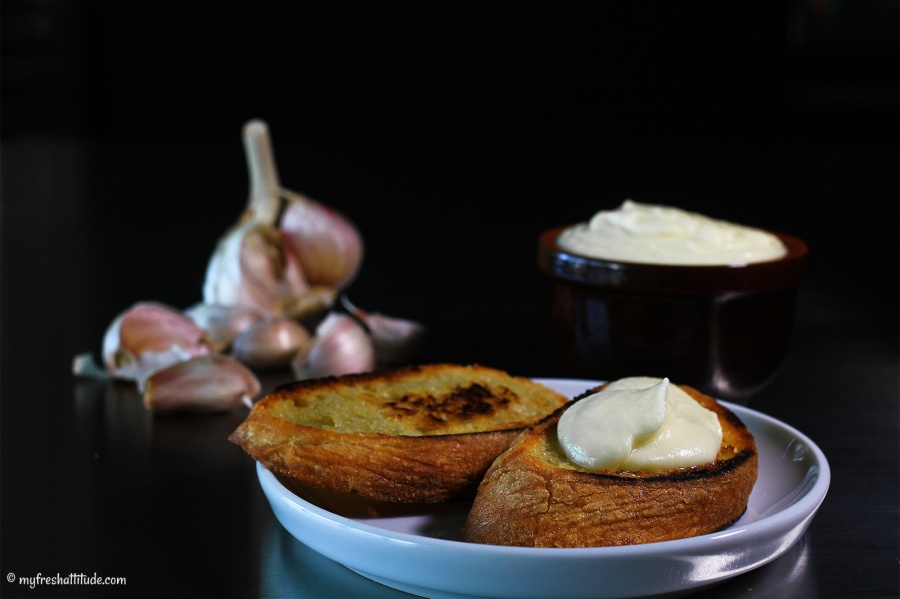
Garlic Puree
I learned this method of cooking garlic while working in a fabulous Michelin-star rated Ligurian restaurant called Locanda Miranda. I would start each day in the restaurant with a cup of espresso and a large pile of garlic bulbs, that I worked on with the grandmother of this family-run restaurant and inn. Together, the grandmother and I separated all the cloves and removed their peels. This was a painstaking task that consumed the first 30 minutes of my day in the kitchen.
Subscription Required For This Content
I learned this method of cooking garlic while working in a fabulous Michelin-star rated Ligurian restaurant called Locanda Miranda. I would start each day in the restaurant with a cup of espresso and a large pile of garlic bulbs, that I worked on with the grandmother of this family-run restaurant and inn. Together, the grandmother and I separated all the cloves and removed their peels. This was a painstaking task that consumed the first 30 minutes of my day in the kitchen.
The Chef explained to me that Italians didn’t like a harsh-tasting garlic flavor in their food. That was a surprising revelation as I always equated garlic in food with good Italian food. But too much garlic is hard to digest, and that creates an imbalance in life to the mind of Italians. This was a lesson that I learned during my first day in Angelo’s kitchen – and both the method and philosophy behind the method remain with me to this day.
The method of cooking garlic cloves in water removes the enzymes that can cause stomach discomfort. Cooking the garlic also produces a wonderfully sweet puree that can be used in several different ways. I like using the puree as a base to many of the pasta sauces I make at the last moment. I take 2-3 tablespoons of the puree and gently heat it in the saucepan. I then add a sauce base – usually a fresh tomato puree and reduce everything down. Sometimes I will add a bit of chili to the tomatoes, or capers and olives. It is a delicious sauce made in just about the same amount of time as it takes to cook spaghetti.
I also use the puree to make dips by combining other purees (artichoke, spinach, asparagus, roasted peppers, etc.) to form a single dip or sauce like my Mushroom Cream Sauce. I even add it to my soy sour cream or aquafaba mayonnaise to boost the flavors to a new level of awesomeness. Perhaps my favorite method though, is to simply spread the warm puree directly on toast and enjoy!
Here’s how make about one cup of puree.
2 heads of garlic
sea salt
30 ml. (2 tablespoons) extra virgin olive oil
50 ml. (1/4-cup) water
Separate all the cloves and peel them. Place the peeled cloves in a shallow pan and cover with water. Bring to a boil and cook for 1 minute. Strain and repeat the process five or six times (the sixth time will yield a softer and milder puree). Puree together with sea salt, olive oil and water. Store refrigerated for up to 10 days in a glass jar (top off with a layer of olive oil).